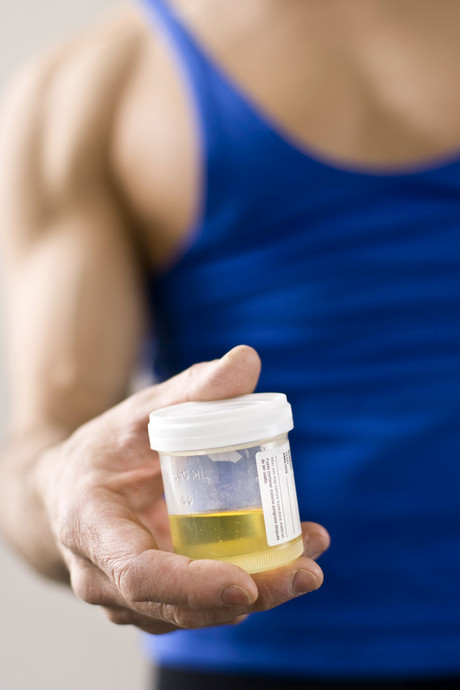Catching doped athletes in under 60 seconds

With the 2018 Winter Olympics well underway, the pressure is on to ensure that all athletes are thoroughly screened for performance-enhancing drugs. Now, researchers from Canada’s University of Waterloo have cut down the time required to analyse blood and urine samples from 30 minutes to 55 seconds, with the results published in the journal Bioanalysis.
This far more efficient process is made possible through the development of a rapid on-site screening technology called coated blade spray–mass spectrometry, which can detect more than 100 drugs using just one drop of blood or a few microlitres of urine on a coated sample strip at the parts per billion level. That’s like detecting a sugar cube dissolved in an Olympic-sized swimming pool, according to the researchers.
The technology relies on a method Waterloo’s Professor Janusz Pawliszyn developed in the 1990s called solid-phase microextraction (SPME), which uses a solid coating on a sample probe to selectively extract chemical substances from blood, saliva, urine and even plasma. After a simple washing step, the probe can then be placed in front of the mass spectrometer for analysis.
According to Dr Germán Augusto Gómez-Ríos, a postdoctoral fellow with the Pawliszyn Research Group, coated blade spray–MS is ideal as a drug screening technique. It reduces tedious sample preparation to a single step and, in the near future, it will be interfaced to a simplified mass spectrometer that has been shrunken to the size of a PC desktop and can be set up anywhere.
Under such a screening regime, athletes who test positive in any way, for a slight misstep or full-on cheating, would be followed up with a full analysis by standard methods. As explained by Dr Nathaly Reyes-Garces, a postdoctoral fellow who helped develop the protocol, “The idea is not to do a full analysis with every sample — only the positive ones.”
According to Dr Reyes-Garces, coated blade spray has been found to provide reliable results for different compounds in the concentration range required by the World Anti-Doping Agency (WADA). Coupled with recent advances in analytical instrumentation, including direct analysis in real time and open-port probe mass spectrometry, Professor Pawliszyn’s SPME methods are thus poised to revolutionise drug testing everywhere from sports competitions and roadside checkpoints to emergency triage and workplaces.
The team are currently working with industry to reduce the cost of large-scale drug screening from an average of $20 to $100 to just a few dollars per sample. They are also seeking to reduce analysis time even further to just 10 seconds per sample by using a fully automated workflow — fast enough to screen every Olympic athlete every day, according to Dr Gómez-Ríos.
“If you know you’re being continuously watched, you’re less likely to cheat in the first place,” he claimed, citing the psychological advantage of having the chemical analysis take place in front of the athlete on a regular basis.
Polymers can act as a 'Trojan horse' for harmful chemicals
The scientific community has long believed that polymers are too big to migrate out of products...
Forever chemicals can be safely incinerated
A team of international scientists has shown how per- and polyfluoroalkyl substances (PFAS) can...
'Nuclear spin microscopy' based on quantum sensors
Researchers have used quantum sensors to extend magnetic resonance imaging to the realm of...




